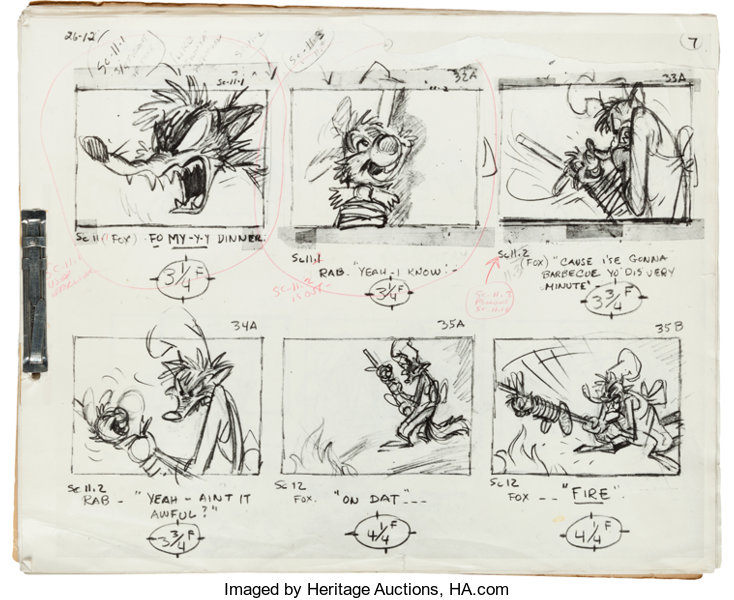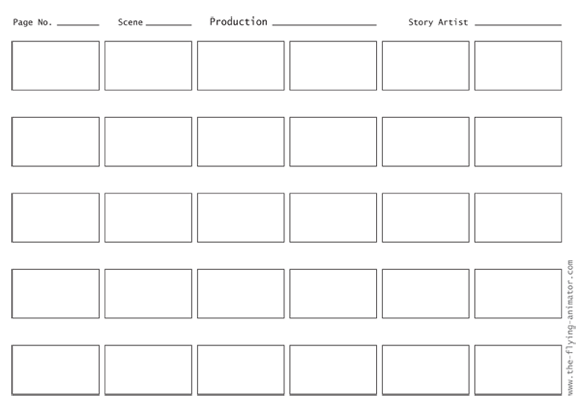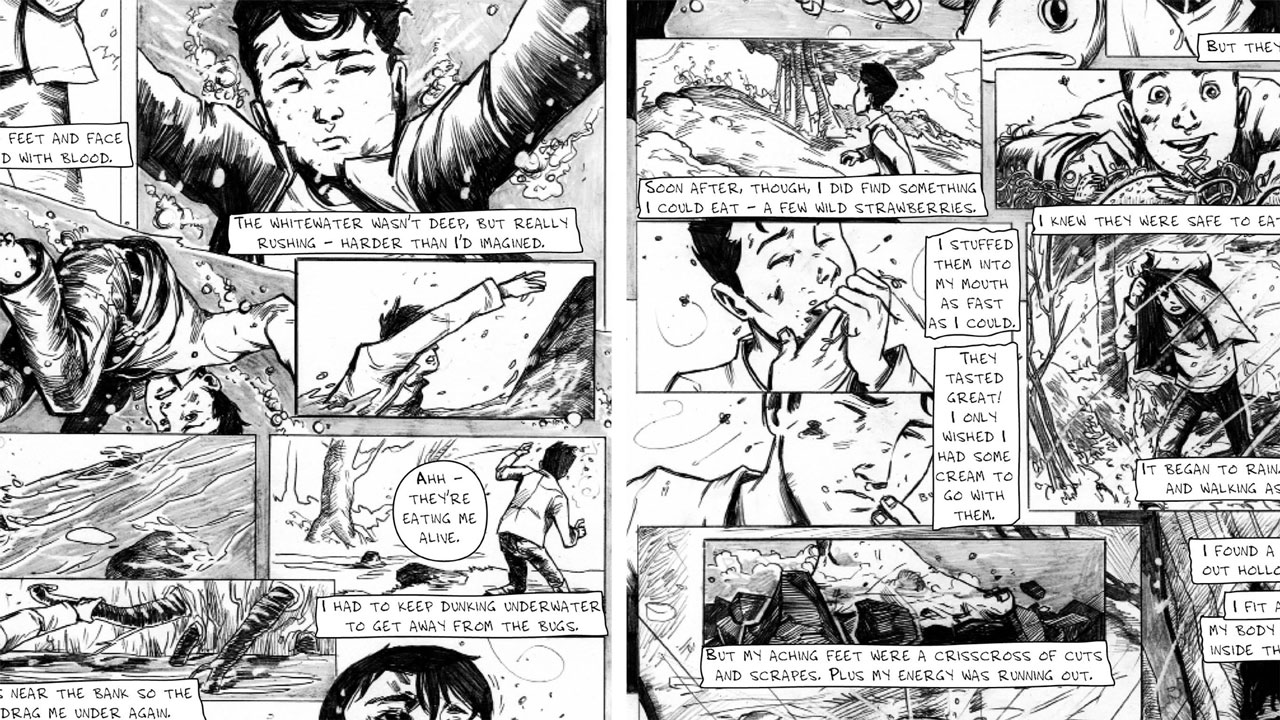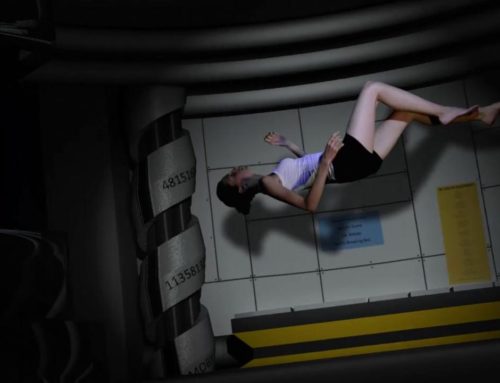Storyboards in Pre-Production
Some hate them, some love them.
Storyboards are one of the most important tools in the filmmaking world. The act of drawing every single scene in a movie can be helpful, but can also be bothersome in some film categories, mostly documentaries.
The process was developed by Disney in the early 40’s as a way to plan and pinpoint which scenes would be absolutely necessary, saving time and money animating scenes that wouldn’t be used in any way in the finished movie.

As a filmmaker, you don’t have to draw storyboards, you can hire someone to help you with the task (we can, contact us!), but there are some directors that must do their own storyboard because they’re are image-based directors, like script-based directors who writes dialogue but films lukewarm cinematography, the storyboarding directors have marvelous cinematic eye, but must hire screenwriters to develop a compelling story and dialog.

Storyboards are a god-send t for film producers, set designers and cinematographers; if they have you vision Cristal-clear, on paper, drawn by yourself, the movie will move forward swiftly and without delay.
A picture is worth a thousand words.

There are many formats of storyboard design, you can even make your own. There is no standard, although you should be as clear as possible with the drawings so the entire team can understand your vision.
You can use 3D arrows to represent the movement of the camera, or the actor’s movement in the scene.
As a rule of thumb, you could spend some time learning about comic design, the same principles apply in this case. 3D Motion needs to the expressed on a 2D format and be compelling, emotional and eye-catching.




